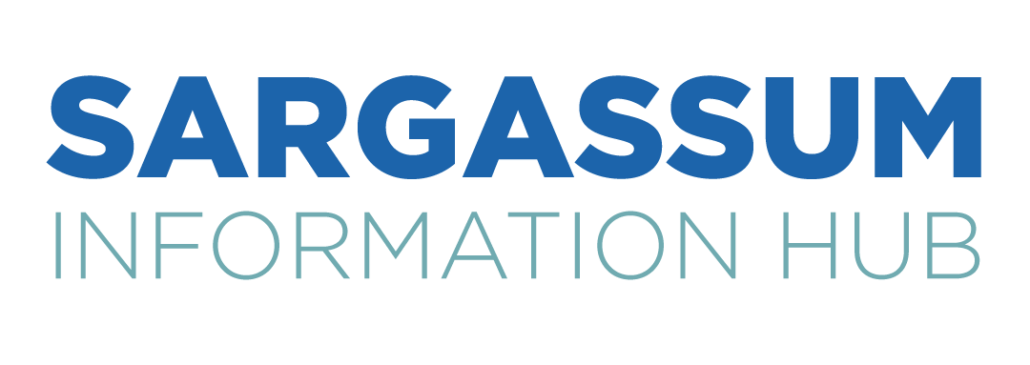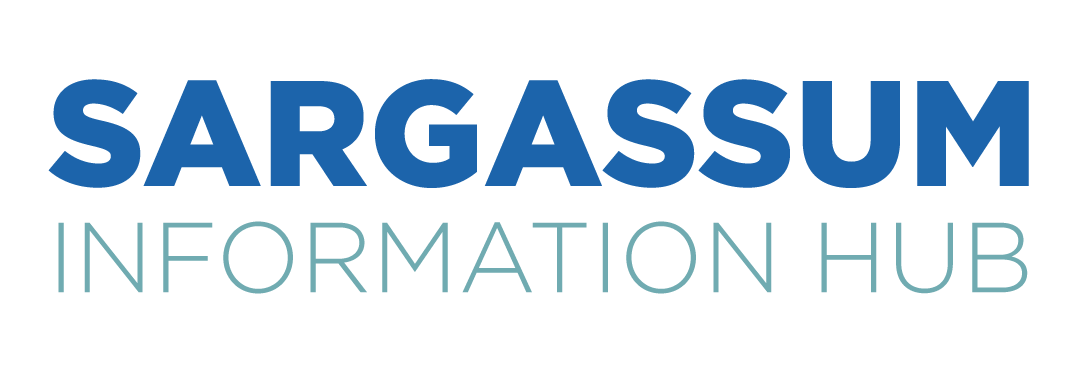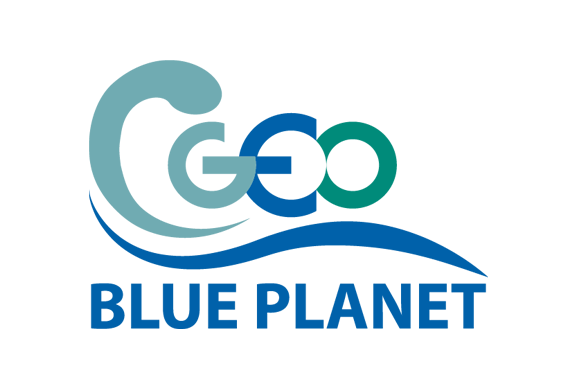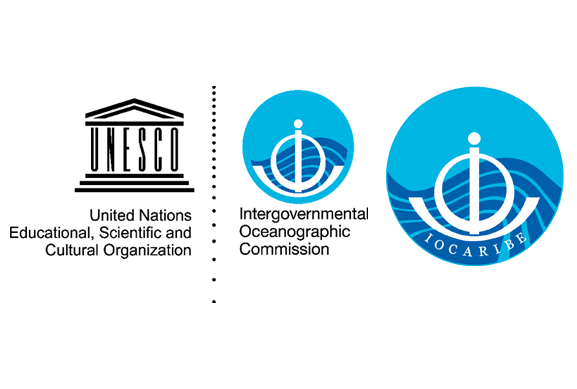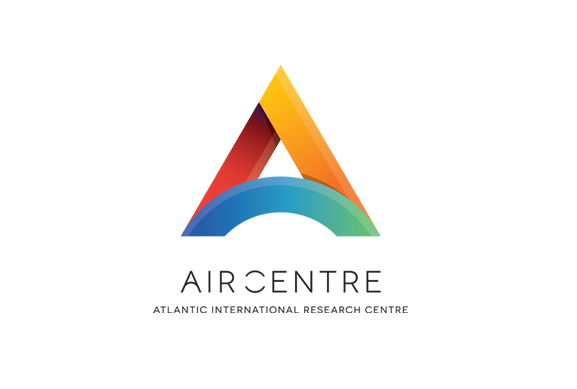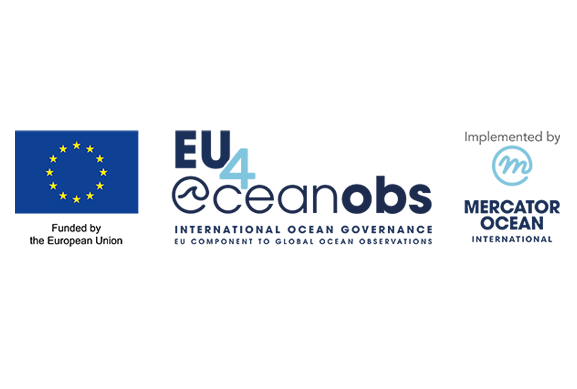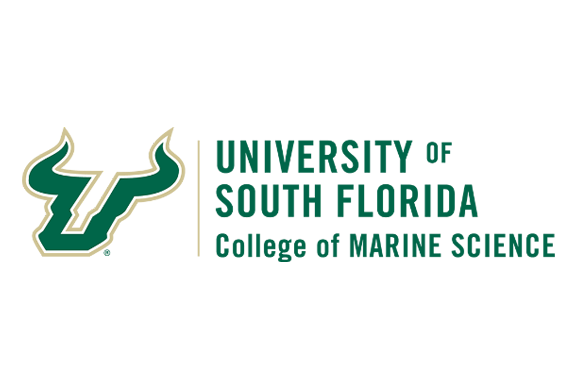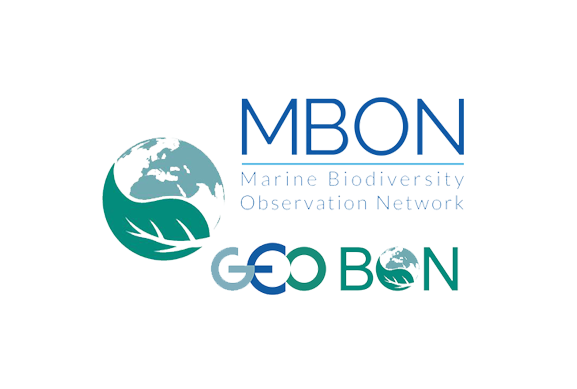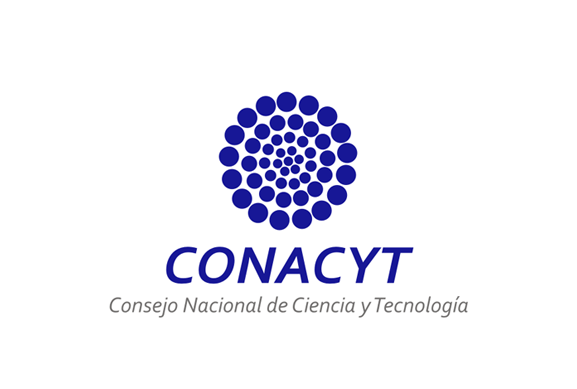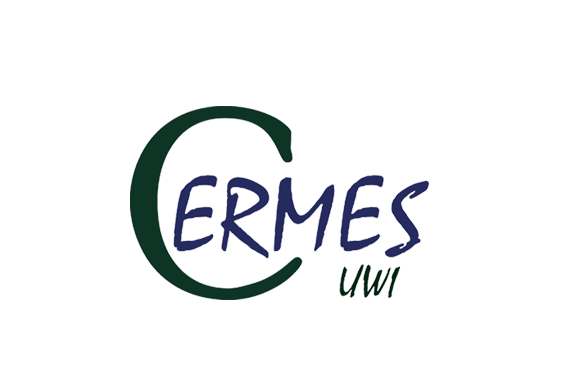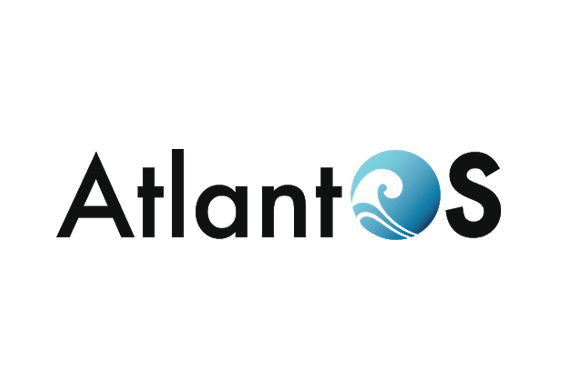The ABC Islands provide a compelling illustration of the dynamic nature of sargassum distribution in the Caribbean. These islands, though in close proximity to each other, experience highly varied amounts of sargassum influxes. The positioning of the islands in succession along the route of winds and currents plays a role in the exposure and severity of sargassum influxes. Bonaire, on the front line of any southern-based sargassum trajectory, acts as a shield for Curaçao and Aruba. As such, Bonaire is most severely impacted followed by Curaçao and Aruba respectively. Aruba has fortunately escaped much the severe impacts. Patterns of human activity also vary between the islands. Both Bonaire and Curaçao have more visited regions of the windward coast making sargassum influxes more impactful on human and economic activity. Contrarily, Aruba’s windward side is especially desolate.
Fisherfolk in Bonaire, especially those that use the method of surface trawling, have been severely impacted by sargassum influxes. Fishers operating from northern edge of Lac Bay, reported clogged fishing nets, entangled motors and impeded access to vessels as bays become inundated. Fortunately, sargassum hasn’t crippled their entire fishing operations; instead, it is generally regarded as a significant nuisance that can be managed with sufficient effort. Fishing and aquaculture in Curaçao have also been impacted, though to a lesser degree. In Aruba, fishers have been spared the brunt of the impacts. On occasions when sargassum washes up on Aruban shores, it is only on the windward coast where fishers rarely go due to the rough conditions and large waves. In fact, fishers have been making the most of smaller patches of sargassum offshore. They consider these generally very productive areas, attracting all types of “large fish”.
Sensitive coastal ecosystems in Bonaire had been significantly impacted by sargassum influxes. Most prominently, the protected area of Lac Bay is directly in line with the wind and current directions, making it particularly prone to influxes. Sargassum in the nearshore can reportedly reach 2 meters in depth, creating hypoxic conditions that kill surrounding flora and fauna including seagrasses, mangroves, and various types of fish and crab species.
In 2018, the March sargassum influxed filled the Lagun, Washikemba, and Lac Bay in Bonaire, resulting in massive fish kills and the die-off of critical seagrass patches and several hectares of mangroves. At the same time Boka Ascencion in Curaçao faced similar devastating ecological impacts. The nauseating gases released from decomposing sargassum has also threatened the health of workers and volunteers who must occasionally stop removal operations to safeguard their well-being.
